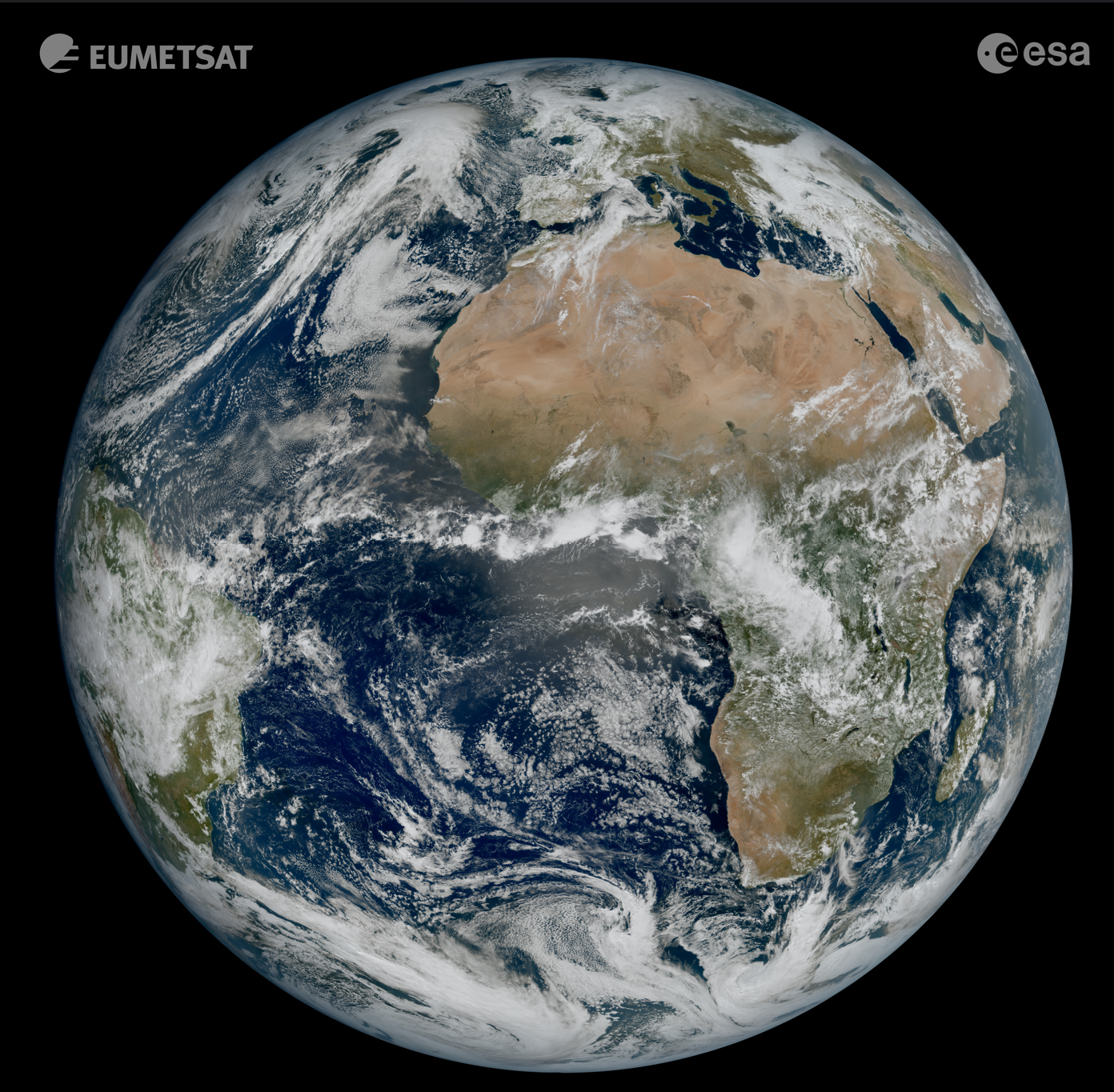Speaker
Description
In response to an increase in launches and crowding of Low Earth Orbit (LEO), one solution that has been suggested is to increase the deorbiting of defunct spacecraft. As a result, recent estimates suggest a five-fold or more increase in the number of objects re-entering the atmosphere in the 2020s over the average since the 1970s. While deorbiting material will help clear LEO, the atmospheric impact of this material has not yet been extensively studied.
The first unequivocal observations of ablated spacecraft particles in the stratosphere by Murphy et al. (2023) provides a starting point for studies of atmospheric impacts. The particles sampled by Murphy et al. were shown to be internal mixtures of meteoric and spacecraft metals within a sulfuric acid and water matrix. The role of meteoric “smoke” particles acting as condensation sites for sulfuric acid and water as they sediment from the mesospheric source region has been established. The results of Murphy et al. point to this also being the case for spacecraft materials. Several questions remain, including: How much of each component is present? What form does it take? What is the phase state of each component? The answers to these questions are critical to understanding atmospheric impacts such as chemical reaction rates (e.g., ozone loss) as well as nucleation potential. (e.g., polar stratospheric and cirrus cloud formation rates).
This presentation will discuss the current state of experiments on the solubility behavior and phase state of meteoric and spacecraft-derived metals in sulfuric acid-rich particles mimicking the conditions of the stratosphere. Expansion of this work to studies of the heterogeneous chemistry impact of these particles on stratospheric ozone and the ice nucleating efficiency of metal oxides and sulfates under upper tropospheric and lower stratosphere conditions will also be described.

